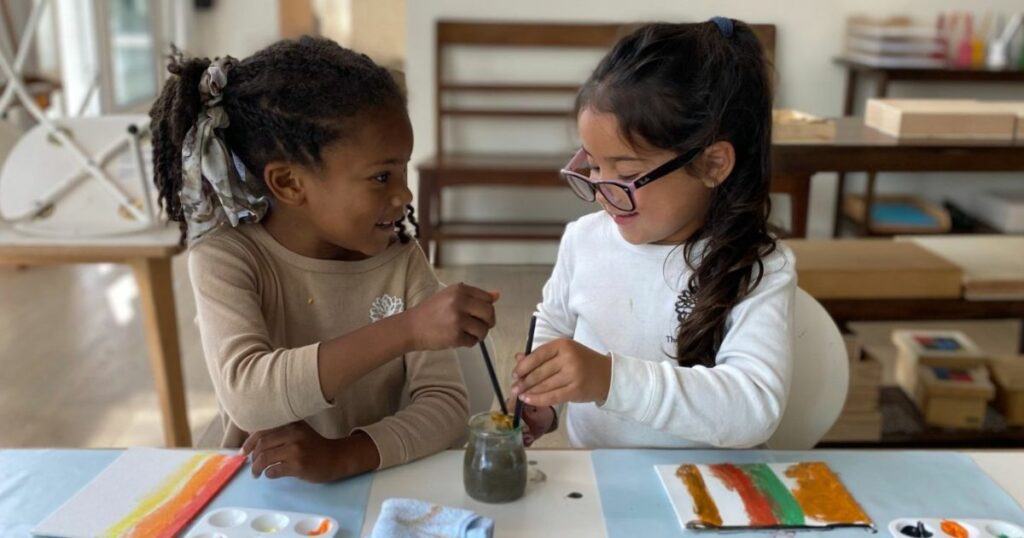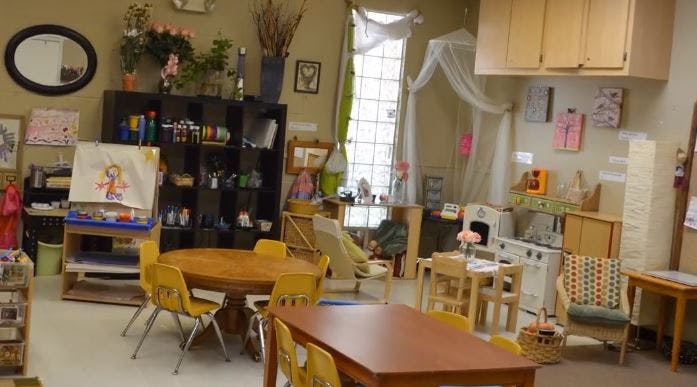6 Ways to Calm Anxiety in Kids:
Here are some helpful tips for parents that will help them deal with their kid’s anxiety; check them out:
#1 Help kids manage anxiety:
Nobody wants to see a child suffer, but the best way to help children overcome anxiety isn’t to try to eliminate the stressors that cause it. It is intended to assist them in learning to tolerate their anxiety and function as well as possible even when they are anxious. And as a result, the anxiety will lessen over time.
#2 Don’t avoid things because they make your kid anxious:
Helping kids avoid the things they are afraid of may make them feel better for a short time. But it will exacerbate their anxiety in the long run. Assume a child in an unpleasant situation becomes upset and begins to cry — not to be manipulative, but simply because that is how they feel. The child has learned that coping mechanism if their parents whisk them away or remove the thing they’re afraid of. And the cycle has the potential to continue.
#3 Always express positive but realistic expectations:
You can’t promise a kid that their fears are unfounded—that they won’t fail a test, that they’ll enjoy ice skating, or that another child won’t make fun of them during the show and tell. But you can express confidence that they’ll be fine, that they’ll be able to handle it.

You can also assure them that their anxiety level will decrease over time as they confront their fears. This will give them confidence that your expectations are reasonable and that you will not ask them to do something they are incapable of doing.
#4 Respect their feelings:
It is critical to understand that validation does not always imply agreement. So, if a child is terrified of going to the doctor because they need a shot, you don’t want to ignore their fears, but you also don’t want to exaggerate them. You want to listen and empathise with them, help them understand why they’re worried, and encourage them to believe they can face their fears. The message you want to convey is, “I know you’re scared, and that’s fine; I’m here to help you get through this.”
#5 Ask no leading questions:
Encourage your child to express their emotions, but avoid asking leading questions such as, “Are you worried about the big test?” “Do you have any concerns about the science fair?” To avoid perpetuating the anxiety cycle, simply ask open-ended questions such as, “How are you feeling about the science fair?”
#6 Encourage your child to tolerate his or her anxiety:
Allow your child to know that you recognize the effort required to tolerate anxiety to do what they want or need to do.

It really encourages them to participate in life and let the anxiety follow its natural curve. It’s known as the “habituation curve.” That is, it will decrease over time as he maintains contact with the stressor. It may not drop to zero or as quickly as you would like, but that is how we overcome our fears.
Takeaway:
You can help kids deal with anxiety in a variety of ways by showing them how you deal with stress and anxiety. Kids are perceptive, and if you keep complaining on the phone to a friend about how you can’t handle the stress or anxiety, they will notice. No need to pretend that you don’t have stress and anxiety, but let your children hear or see you dealing with it calmly, tolerating it, and feeling good about getting through it. You can also engage them in activities that help them managing their anxiety. Also, Montessori methods are useful to calm your child’s anxiety.






